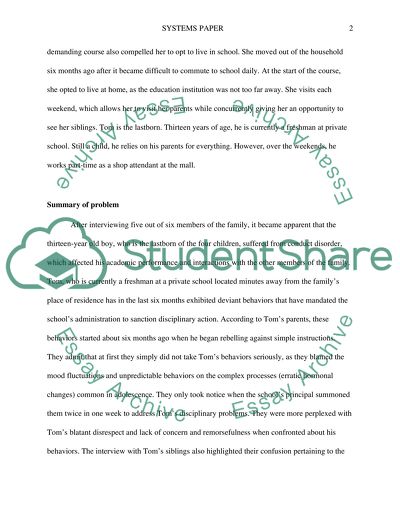Cite this document
(“Comprehensive introduction of family Essay Example | Topics and Well Written Essays - 1500 words”, n.d.)
Retrieved from https://studentshare.org/sociology/1666961-omprehensive-introduction-of-family
Retrieved from https://studentshare.org/sociology/1666961-omprehensive-introduction-of-family
(Comprehensive Introduction of Family Essay Example | Topics and Well Written Essays - 1500 Words)
https://studentshare.org/sociology/1666961-omprehensive-introduction-of-family.
https://studentshare.org/sociology/1666961-omprehensive-introduction-of-family.
“Comprehensive Introduction of Family Essay Example | Topics and Well Written Essays - 1500 Words”, n.d. https://studentshare.org/sociology/1666961-omprehensive-introduction-of-family.


